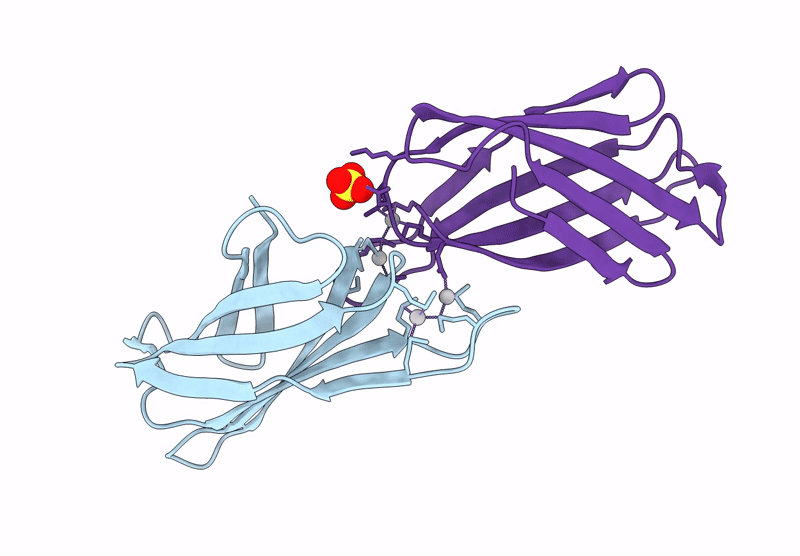
Deposition Date
2025-01-17
Release Date
2025-11-19
Last Version Date
2025-11-19
Entry Detail
PDB ID:
9LL4
Keywords:
Title:
Crystal structure of the Helicobacter pylori copper resistance determinant CrdA in complex with silver ions in space group P21
Biological Source:
Source Organism:
Helicobacter pylori (Taxon ID: 210)
Host Organism:
Method Details:
Experimental Method:
Resolution:
1.97 Å
R-Value Free:
0.24
R-Value Work:
0.20
R-Value Observed:
0.20
Space Group:
P 1 21 1


